Kadisha Valley
Kadisha Valley (Arabic: وادي قاديشا), also romanized as the Qadisha Valley and also known as the Kadisha Gorge or Wadi Kadisha (French: Ouadi Qadisha), is a gorge that lies within the Bsharri and Zgharta Districts of the North Governorate of Lebanon. The valley was carved by the Kadisha River, also known as the Nahr Abu Ali when it reaches Tripoli. Kadisha means "Holy" in Aramaic, and the valley is sometimes called the Holy Valley. It has sheltered Christian monastic communities for many centuries. The valley is located at the foot of Mount al-Makmal in northern Lebanon.
The integrity of the valley is at risk because of encroachment of human settlements, illegal building, and inconsistent conservation activity. Although it is not yet on the UNESCO "in danger" list, there have been warnings that continued violations may lead to this step.
 One of the caves in the Qadisha Valley.
One of the caves in the Qadisha Valley. Hadchit cliffs, caves.
Hadchit cliffs, caves.The Qadisha Valley's many natural caves have been used as shelters and for burials back as far as the Palaeolithic period. The Aassi Hauqqa (cave) in particular, near Hawqa, has yielded archaeological items indicating Palaeolithic, Roman, and medieval periods of use. Since the early centuries of Christianity the Holy Valley has served as a refuge for those in search of solitude. Historians believe that the Kadisha Valley has had monastic communities continuously since the earliest years of Christianity. It was also at times a destination for Muslim mystics, or Sufis, who also visited it for meditation and solitude.
The Maronite monks established their new center at Qannubin, in the heart of the Qadisha, and monasteries quickly spread over the surrounding hills.[1] Early Maronite settlement in the valley combined both community and eremitic life.
The Mameluk sultans Baibars and Qalaoun led campaigns in 1268 and 1283, respectively, against the fortress-caves, monasteries, and the surrounding villages. Despite these attacks, the Deir Qannubin monastery was to become the seat of the Maronite Patriarch in the 15th century and remained so for 500 years. In the 17th century, the Maronite monks’ reputation for piety was promoted through the Maronite school founded in Rome in 1584. by dint of this exposure, many European poets, historians, geographers, politicians, and clergy visited and even settled in the Valley. The first printing press in the Middle East was founded in 1585 at the Monastery of Qozhaya in the Kadisha Valley, and in 1610 printed its first book, the Book of Psalms in the Syriac language. It used Syriac characters. Also this printing press was the first to print in Arabic language[2]
Qadisha mummiesEight well preserved natural mummies of villagers dating back to around 1283 A.D. were uncovered by Fadi Baroudy, Pierre Abi Aoun, Paul Kahawaja & Antoine Ghaouch, a team of speleologists[3] from the GERSL scientific organisation in the Qadisha Valley between 1989 and 1991. These were found in the 'Asi-al Hadath cave along with a wealth of artifacts.[4]
World Heritage SiteIn 1998, UNESCO added the valley to the list of World Heritage Sites because of its importance as the site of some of the earliest Christian monastic settlements in the world, and its continued example of Christian faith.[1]
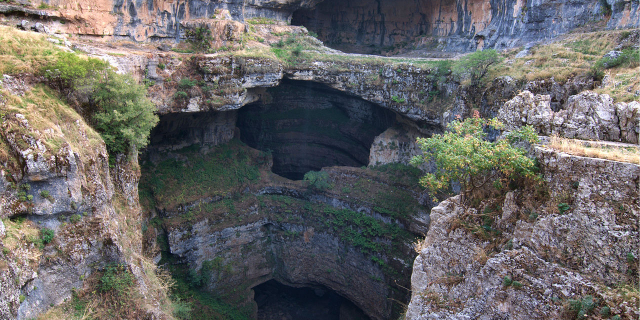

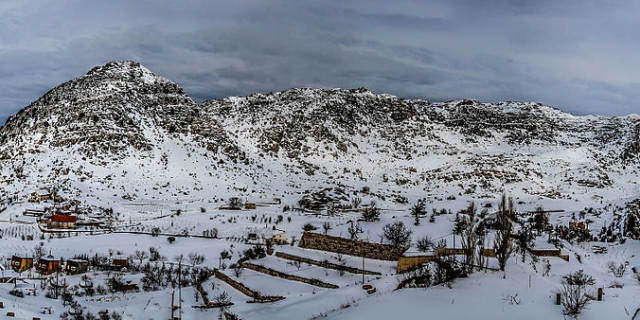

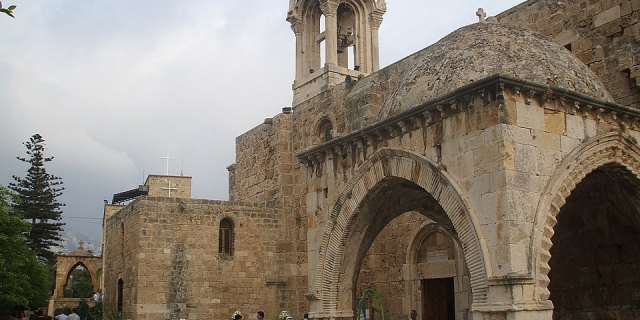






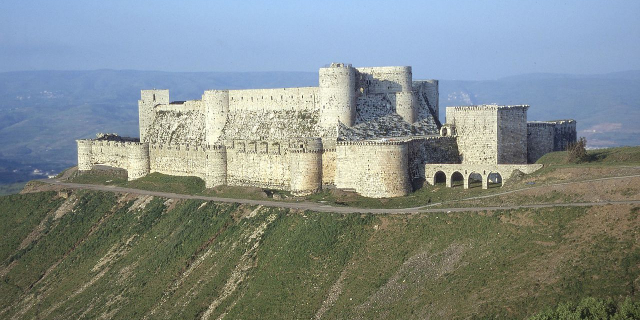


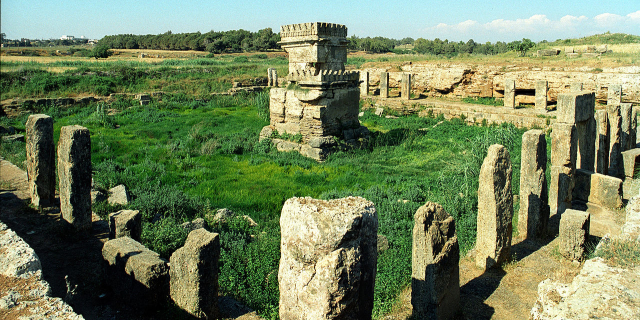
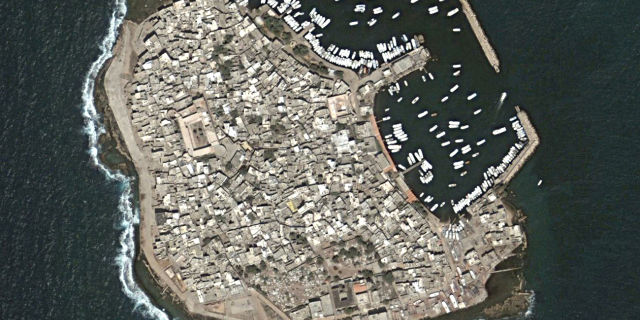


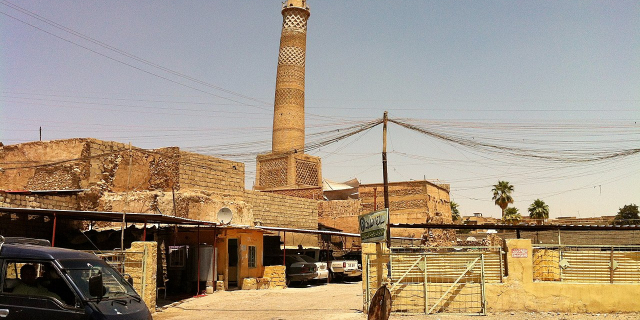



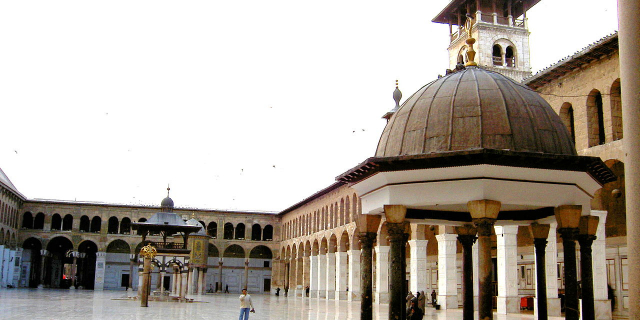
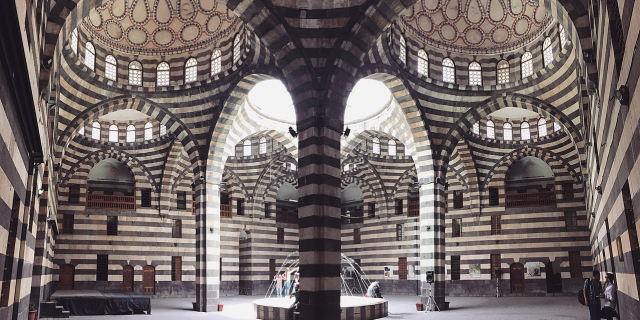
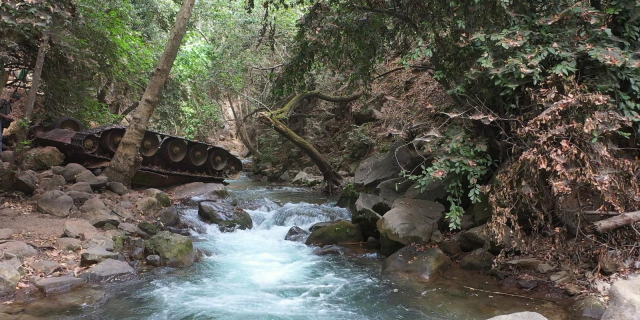

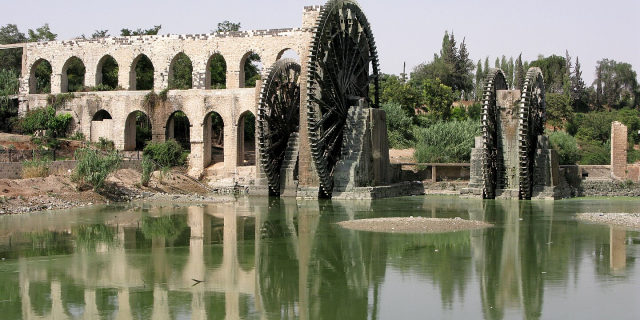

Add new comment